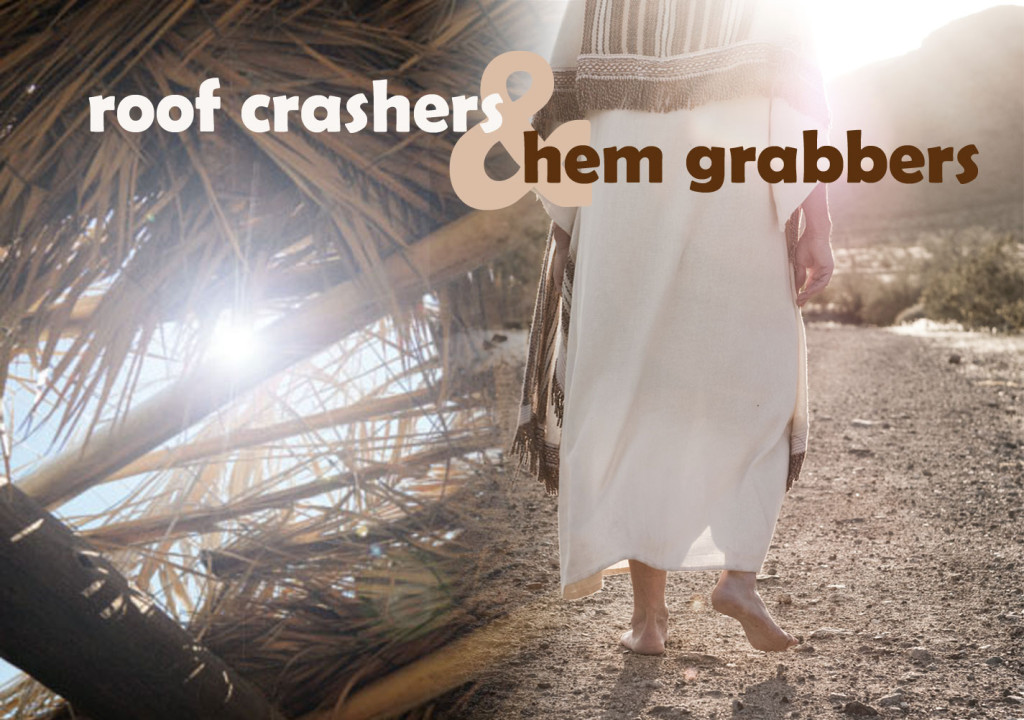Translating Tradition
The first half of our worship service today has no doubt seemed very familiar to you. It’s regular 1979 Book of Common Prayer Liturgy of the Word. Comforting, customary, accessible to those of us who have been Episcopalians for awhile.
But the second half of our service, the Liturgy of the Table, will be according to the first Book of Common Prayer, the 1549 edition.
Today we celebrate the Feast of the Book of Common Prayer, and it seemed worthwhile to bring back the 1549 liturgy that we used back during our historic liturgies project last fall.
And no doubt the second half of the Eucharist, the 1549 version, will not seem familiar and comfortable.
We’ll have to concentrate. We’ll have to read carefully. We’ll squint at the page and struggle to translate the Elizabethan language into something that is meaningful for us today.
This is such a worthy exercise because it helps us understand Thomas Cranmer’s goal in writing and compiling the Book of Common Prayer.
During our historic liturgies project last fall, as we made our way backward in time from 1928 to 1789 to 1662 to 1549, did you ever feel totally lost in our worship service?
Did you struggle to understand what was going on?
Did you ever wonder what was the point of coming to church at all if everything was so confusing?
That is exactly the situation that faced the people of England in 1548 and for generations before when they went to church. Continue reading
